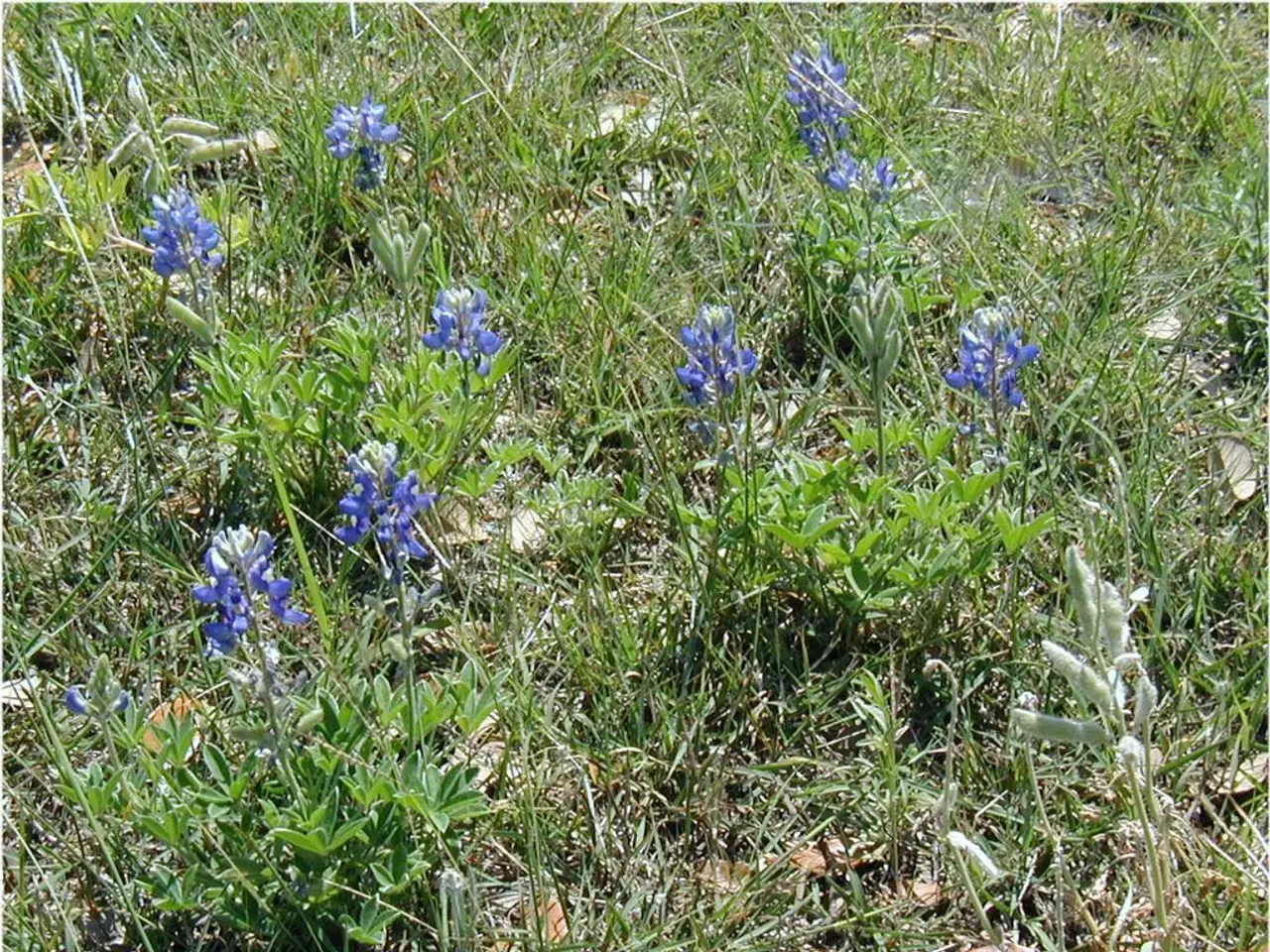Simplified Hollyhock Nutrition: Enhancing Hollyhock Blossoms Through Fertilization
In the enchanting world of gardening, hollyhocks stand out as a beloved flower that adds a touch of elegance and charm to any garden. To ensure these beauties thrive and produce abundant blooms, hollyhock gardeners employ a few key practices when it comes to fertilizing.
First and foremost, the best fertilizing practices for hollyhocks involve using a fertile, well-balanced fertilizer suitable for flowering plants. A good choice is a balanced fertilizer with approximate N-P-K ratios such as 10-10-10, or a general-purpose organic fertilizer. This balanced approach supplies nitrogen for leaf growth, phosphorus for flower production, and potassium for overall plant health.
Before planting, it's essential to enrich the soil with compost-rich organic matter. This step not only improves fertility but also enhances drainage, creating an ideal environment for hollyhocks to flourish.
During the growing season, hollyhocks should be fertilized once every 4-6 weeks. This regular feeding maintains nutrient availability, supporting healthy growth and promoting abundant blooms. Fertilizer should be applied around the base of the plants, avoiding direct contact with stems to prevent burn. Water thoroughly after fertilizing to help nutrients penetrate the root zone.
As hollyhocks move towards bloom in late spring and early summer, their fertilizer requirements may change, with a focus on producing flowers. Fertilizing hollyhocks should start again in the following spring as soon as they resume growing. Hollyhocks coming into bloom in their second growing season also benefit from fertilizer, with feeding in early spring helping boost their growth and promote flowering.
It's crucial to avoid using excess fertilizer on hollyhocks, as common signs of overfeeding include the sudden yellowing of leaves and wilt. Poor performance and nutrient deficiencies in hollyhocks can occur under less-than-ideal conditions. Signs of nutrient deficiencies include yellowing leaves, stunted growth, and increased susceptibility to disease.
Take care to avoid burning or damaging hollyhocks when applying fertilizer. Routine feeding of first-season hollyhocks aids in the production of strong stems, large leaves, and a robust root system. Liquid feeds, such as compost teas, can be used as a foliar spray or soil drench for hollyhocks. Well-balanced, slow-release feeds are considered among the best fertilizers for hollyhocks, especially during periods of active growth in their first season.
Hollyhocks can be fertilized in several ways, including side dressing and the use of liquid feeds. Fertilizer should be applied at planting time by incorporating finished compost and other rich amendments into garden beds. As the weather cools late in the season, the frequency of feeding hollyhocks can be reduced.
For those seeking inspiration and advice on hollyhock cultivation, look no further than Tonya Barnett, a gardener with 13 years of experience. Tonya has transformed her backyard into a cut flower garden and regularly shares her gardening experiences on her YouTube channel.
In conclusion, by focusing on enriching soil with compost initially, then regularly feeding hollyhocks with a balanced fertilizer throughout the growing season, applied carefully and watered in well, gardeners can ensure their hollyhocks thrive and produce a bounty of beautiful blooms.
Maintaining a healthy lifestyle for hollyhocks involves enriching the soil with compost-rich organic matter before planting, as well as regular feeding with a balanced, well-balanced fertilizer suitable for flowering plants throughout the growing season.
A home-and-garden enthusiast with 13 years of experience, Tonya Barnett, has transformed her backyard into a beautiful cut flower garden, regularly sharing her gardening insights on her YouTube channel.




